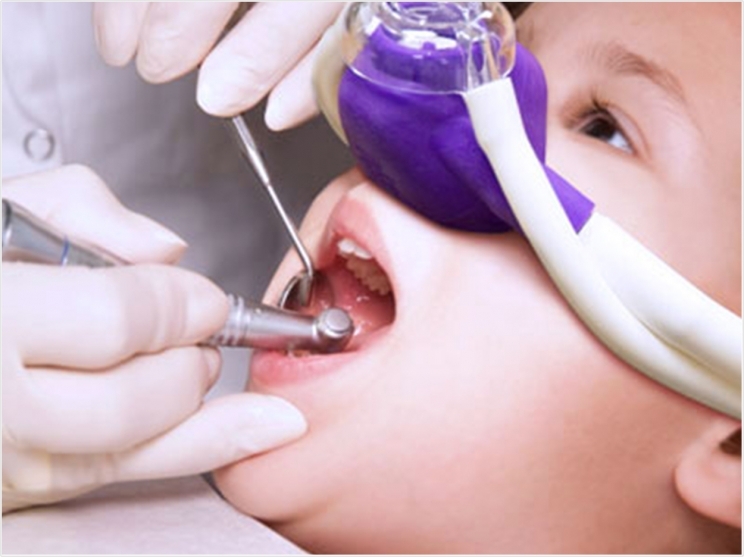
The American Academy of Pediatrics (AAP) has updated its guidance on sedation for dental procedures in children in a clinical report written in conjunction with the American Academy of Pediatric Dentistry. The report, “Guidelines for Monitoring and Management of Pediatric Patients Before, During and After Sedation for Diagnostic and Therapeutic Purposes,” will be published in the June 2019 issue of Pediatrics.
The guidelines recommend that at least two people with specific training and credentials should be present with a pediatric patient undergoing deep sedation or general anesthesia for dental treatment in a dental facility or hospital. They also clarify that sedation should be administered by a qualified anesthesia provider. Plus, they define the role of the qualified anesthesia provider, who may be a medical anesthesiologist, registered nurse anesthetist, dentist anesthesiologist, or second oral surgeon.
“Sedation for dental procedures in children and teenagers is generally safe,” said Charles J. Cote, lead author and pediatrician and pediatric anesthesiologist. “However, we are aware of adverse outcomes when a single dental provider simultaneously performs the procedure and administers deep sedation or general anesthesia for dental procedures. These guidelines ensure the safety of patients who undergo these procedures.”
Under the 2019 guidelines, one of the two trained people required for sedation must be an independent observer who is not involved with performing or assisting with the dental procedure. The observer’s sole responsibility is to constantly observe the patient’s vital signs and to be skilled to assist with any medical emergency. Both the independent observer and the operating dentist must be certified in Pediatric Advanced Life Support (PALS). The previous guidelines called for the presence of at least one person certified in PALS.
Related Articles
National Emergency Standards Will Increase Patient Safety
Dental Anesthesiology Finally Gets the Recognition It Deserves
Protections for Children With Dental Sedation (Part 2)











